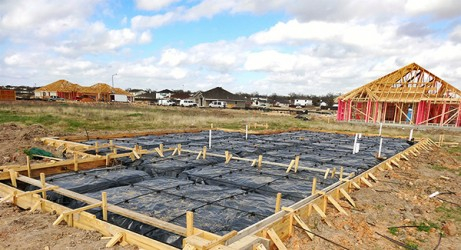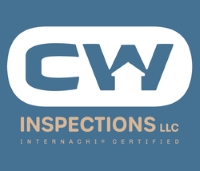
Construction Bank Draw Inspections
What are construction bank draw Inspections and why are they necessary?
A draw inspection holds significant importance for lenders due to several reasons. Primarily, it enables lenders to stay informed about the progress of a project in relation to the initially agreed upon timeline. Lenders often rely on risk mitigation companies to base their fund disbursement decisions on the outcomes of these draw inspections. This process ensures that only the necessary amount of funds is allocated to the project at each stage, minimizing the risk of excessive capital being tied up. Draw inspections also play a crucial role in tracking and managing funds. As part of their role, inspectors meticulously review and account for every cost request, cross-referencing it with on-site representations. This level of scrutiny helps prevent any financial discrepancies and provides lenders with a clear picture of how the funds are being allocated throughout the construction process. Furthermore, draw inspections facilitate the processing of change orders. Inspectors can assess any modifications or alterations made to the original plan, including changes in materials or services. By having an inspector involved, lenders can ensure that any adjustments are appropriately documented and accounted for in the draw inspection report. In summary, a draw inspection is of utmost importance for lenders as it offers transparency and accountability for the distribution of funds on a construction loan. Through these inspections, lenders can assess the project's progress, track funds, manage change orders, and ensure that every dollar allocated is used efficiently.
Why are Draw Inspections Important?
A draw inspection is important for a number of reasons, but essentially it ensures that all money on a construction loan is accounted for.
- It lets the lender know where the project is compared to the timeline they were given. Most risk mitigation companies insist on funds being given out based on the results of these draw inspections because they want to ensure that there’s no more money tied up than is necessary for the project.
- Draw inspections can also help track funds because the inspector has to account for every cost request and compare it to the on-site representation.
- Inspections are also important to the builder in that they ensure they are receiving payment for work completed so that they have the funds to continue on to the next phase of construction.
- Above all else, inspections are important for the project owner, to aid in the smooth and timely completion of the project.
